What is the Leather Skin Fish?
The leather skin fish is a captivating family of fish found in various parts of the world’s oceans. These fish are easily recognizable by their unique appearance, featuring flattened bodies covered in tough, often spiny, leather-like skin. This distinct skin gives them their intriguing name, as it resembles the texture and resilience of leather. Depending on the species, leather skin fish can showcase a range of colors and patterns, from earthy tones to vibrant hues. They are typically found in coastal waters and near the seafloor, where they forage for small crustaceans and other marine prey.
Characteristics of Leather Skin Fish
- Physical Appearance: Leather skin fish are distinguished by their flattened bodies, covered in resilient, often spiky skin. This specialized skin acts as both armor and camouflage, helping them navigate their environment and evade predators.
- Size: These fish exhibit various sizes, with some species growing up to 2 feet (60 centimeters) or more in length.
- Habitat: Leather skin fish inhabit diverse environments, including shallow coastal waters, coral reefs, and rocky substrates. They thrive in regions with warm and temperate climates.
- Diet: Leather skin fish have a diverse diet, primarily consisting of small crustaceans, mollusks, and other bottom-dwelling invertebrates. Their sharp teeth are well-suited for crushing shells and capturing prey.
Culinary Uses
While leather skin fish may not be as widely recognized as some other seafood species, they hold culinary value in regions where they are commonly found:
- Australia and New Zealand: In these countries, leather skin fish are often prepared through grilling, pan-frying, or deep-frying. Their firm, white flesh offers a mild flavor that pairs well with various cooking methods.
- Southeast Asia: In certain Southeast Asian cuisines, leather skin fish may be featured in curries, stews, or steamed dishes. Their versatile texture allows them to absorb the flavors of spices and sauces effectively.
- Sashimi and Ceviche: In regions where it is considered safe to consume, leather skin fish can be served raw as sashimi or included in ceviche dishes. Precise handling and sourcing are crucial for these raw preparations.
Health Benefits
Incorporating leather skin fish into your diet provides several health advantages within a well-rounded eating plan:
- Protein: Leather skin fish serve as a commendable source of protein, delivering around 20 grams per 3.5-ounce (100-gram) serving. Protein is essential for muscle development and tissue repair.
- Vitamins and Minerals: These fish contain essential nutrients such as vitamin B12, selenium, and phosphorus. Vitamin B12 supports nerve function, while selenium acts as an antioxidant and bolsters the immune system.
- Low Calorie: Leather skin fish are relatively low in calories, making them an excellent choice for individuals looking to manage their calorie intake while obtaining essential nutrients.
Cooking Tips
Cooking leather skin fish successfully entails careful consideration of its unique qualities:
- Handling: Exercise caution when handling leather skin fish due to their spiny skin. Careful cleaning and preparation are essential to avoid injury.
- Flavor Pairing: Leather skin fish’s mild flavor allows for versatility in the kitchen. They pair harmoniously with various seasonings, including garlic, lemon, herbs, and spices.
- Cooking Methods: Leather skin fish can be prepared using a variety of techniques, including grilling, pan-frying, deep-frying, baking, and steaming. The choice of method depends on personal preference and the desired dish.
- Filleting: Filleting leather skin fish requires skill due to their unique body shape and skin. Consult reliable resources or seek guidance from experienced fishmongers when attempting filleting.
- Serving: Leather skin fish complements a wide range of side dishes, such as rice, vegetables, or salads. Its mild flavor pairs well with diverse culinary creations.


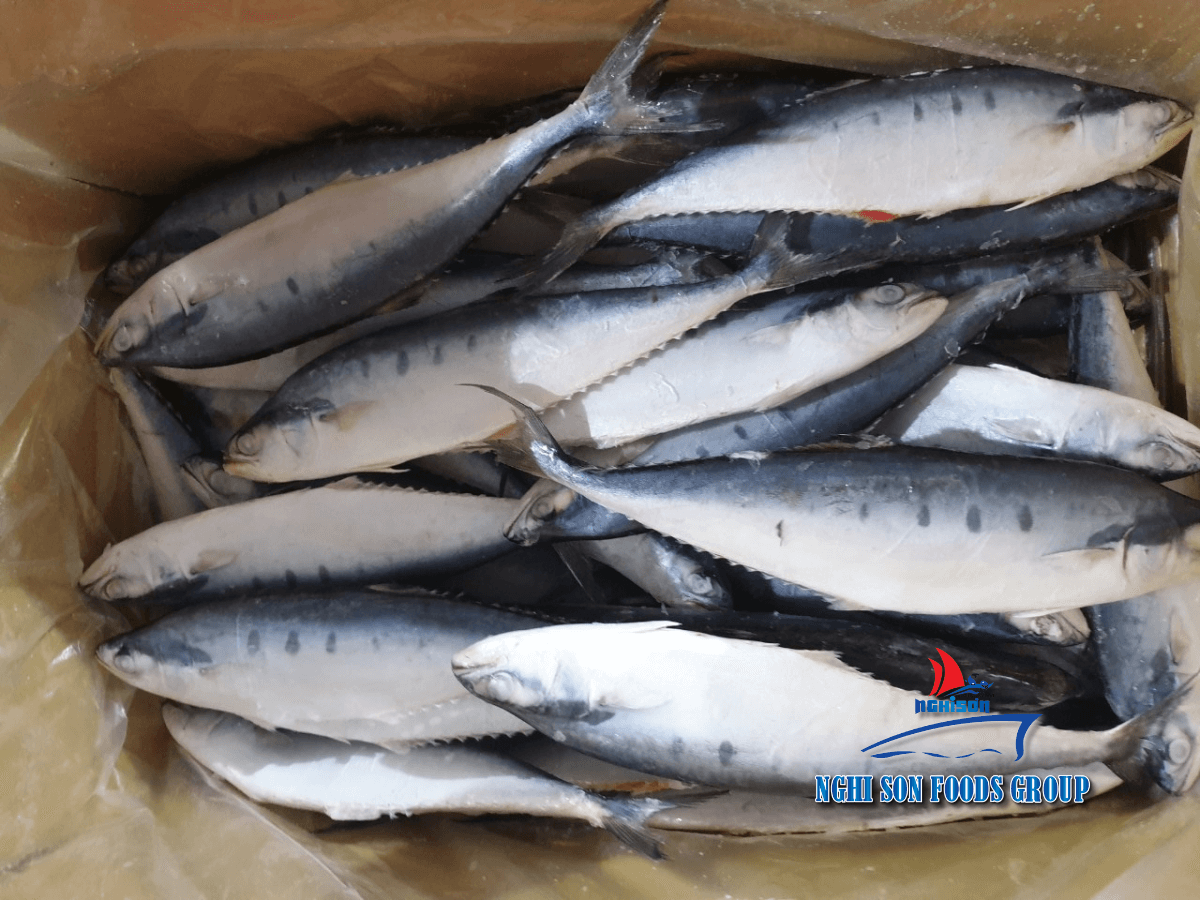
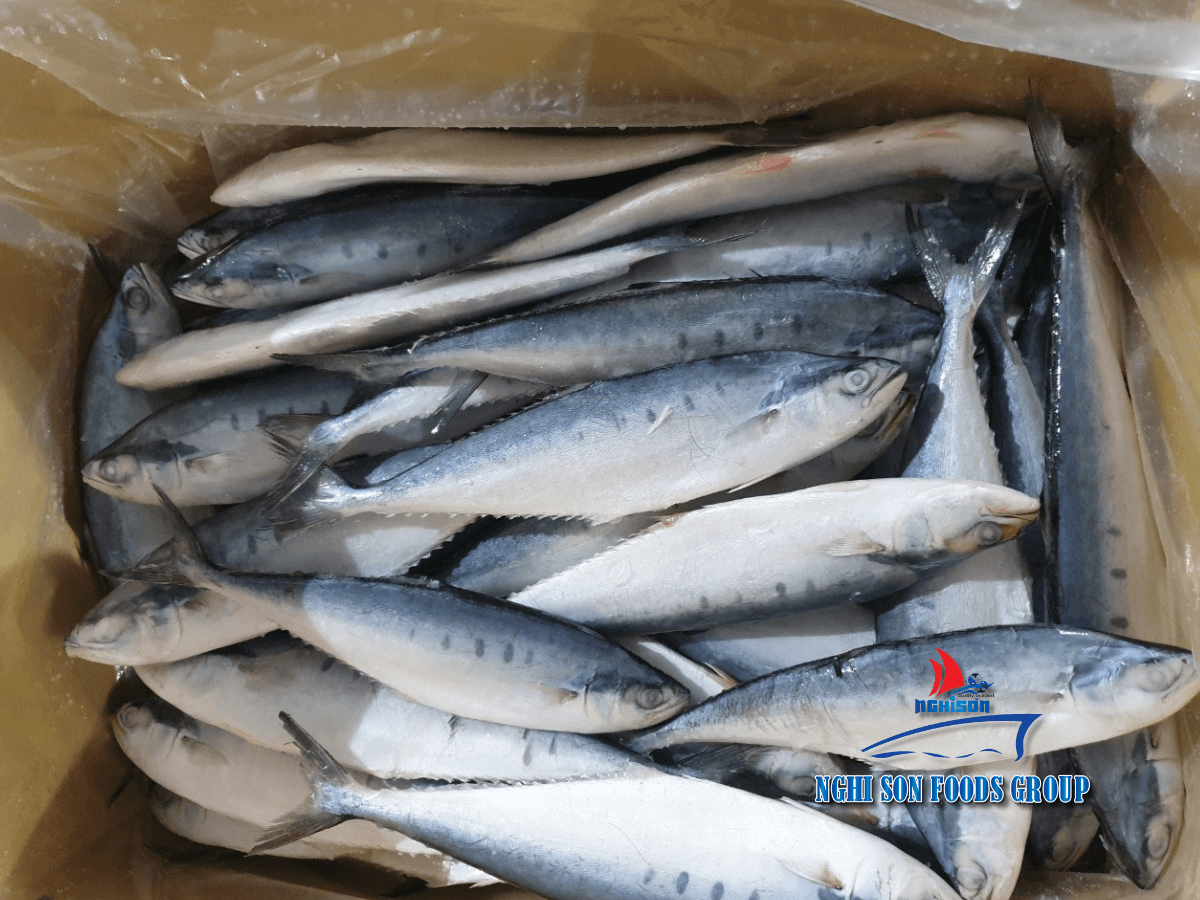
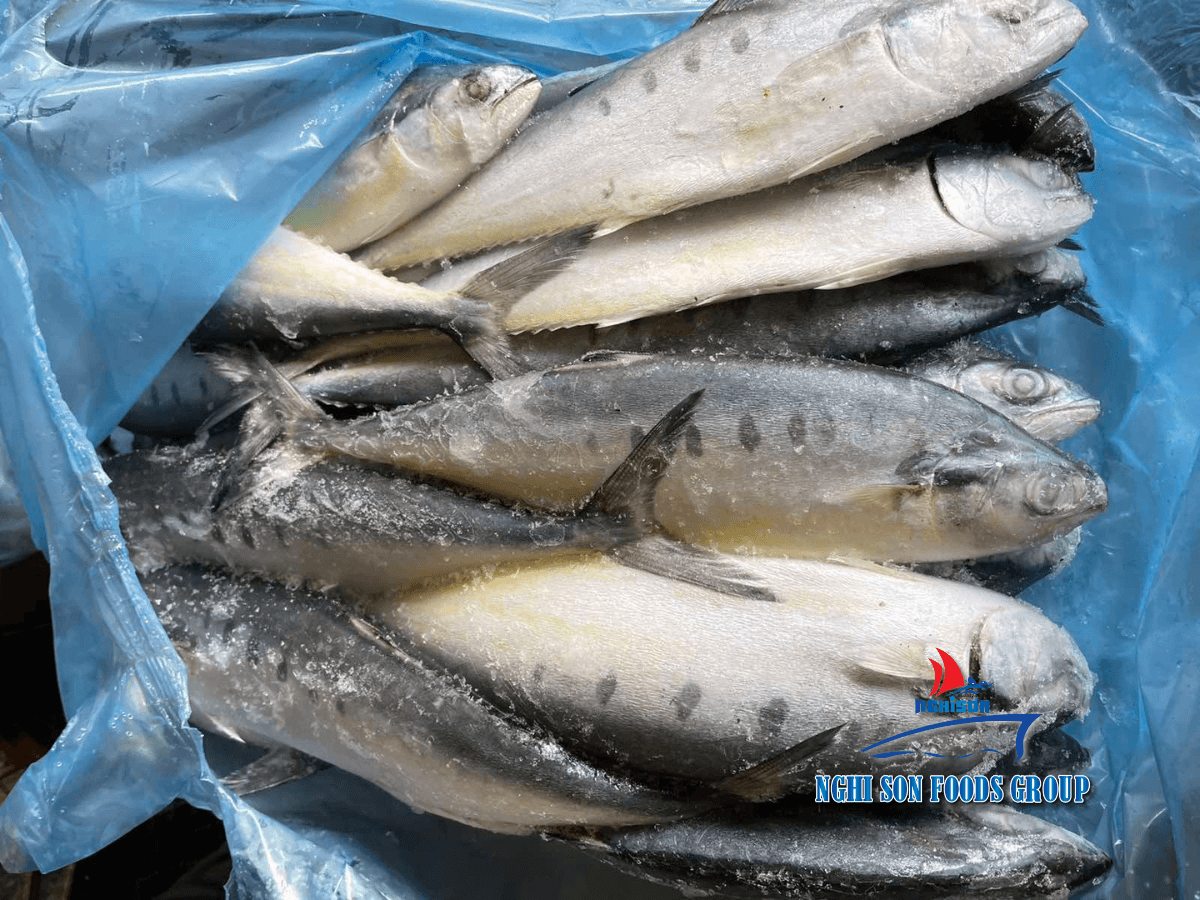

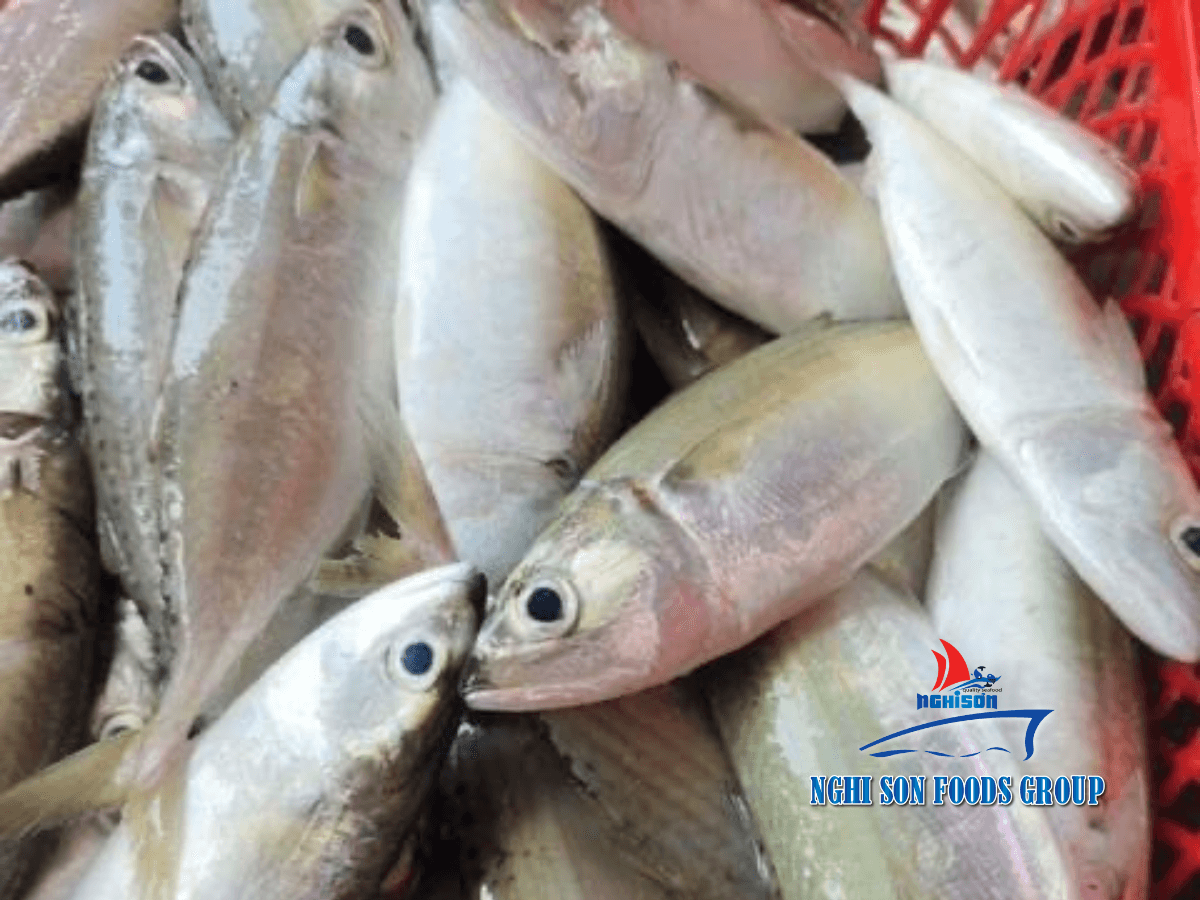


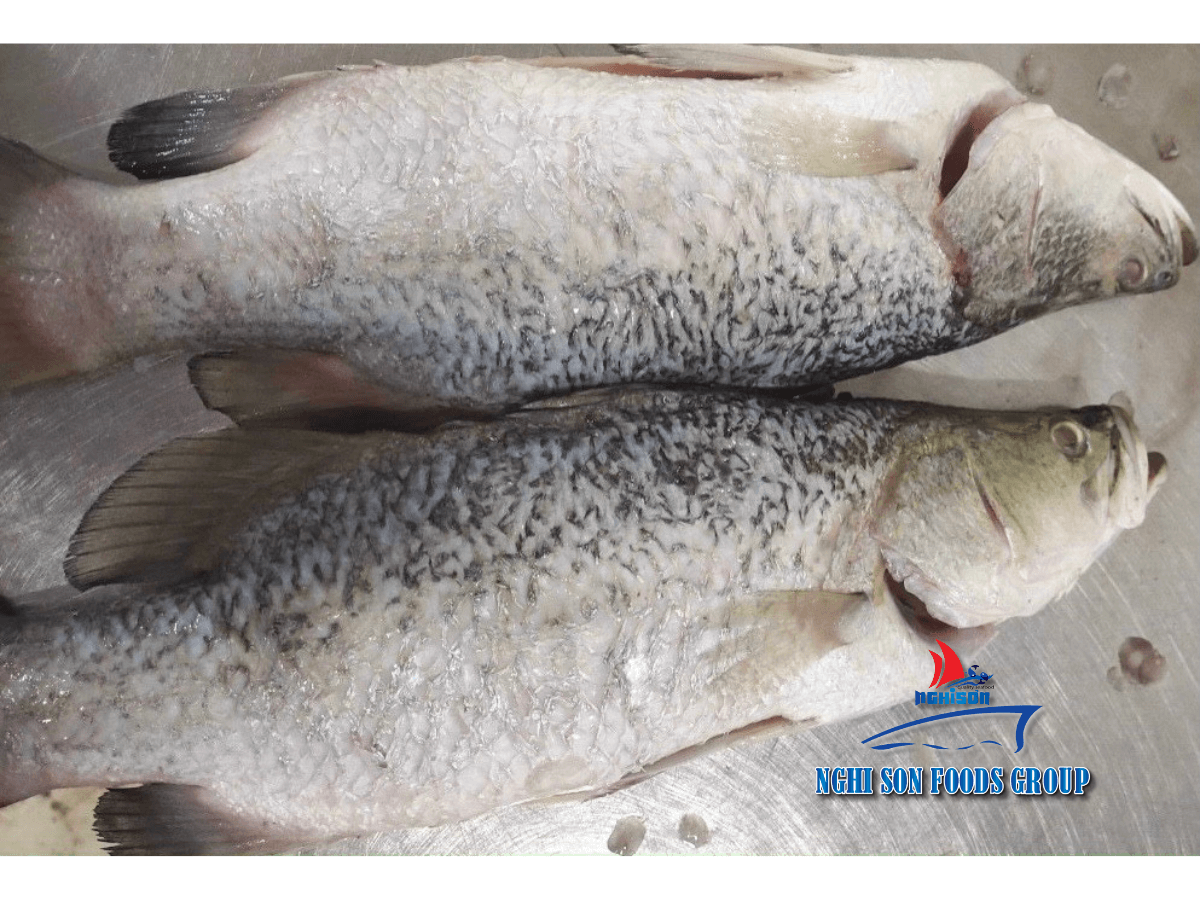


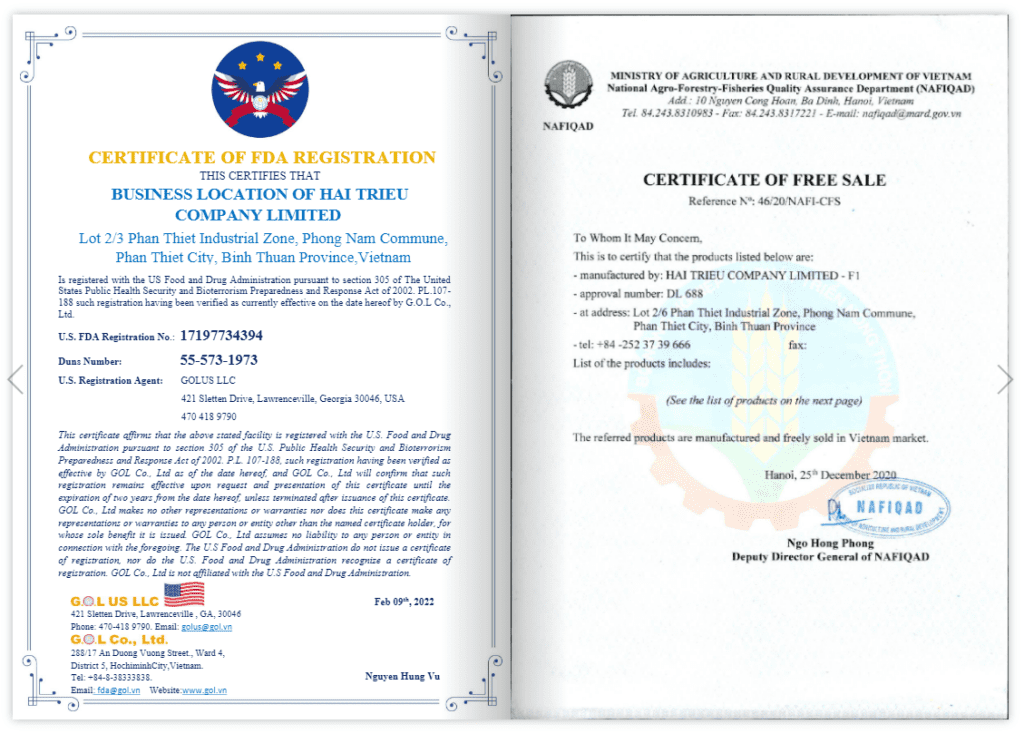

Reviews
There are no reviews yet.